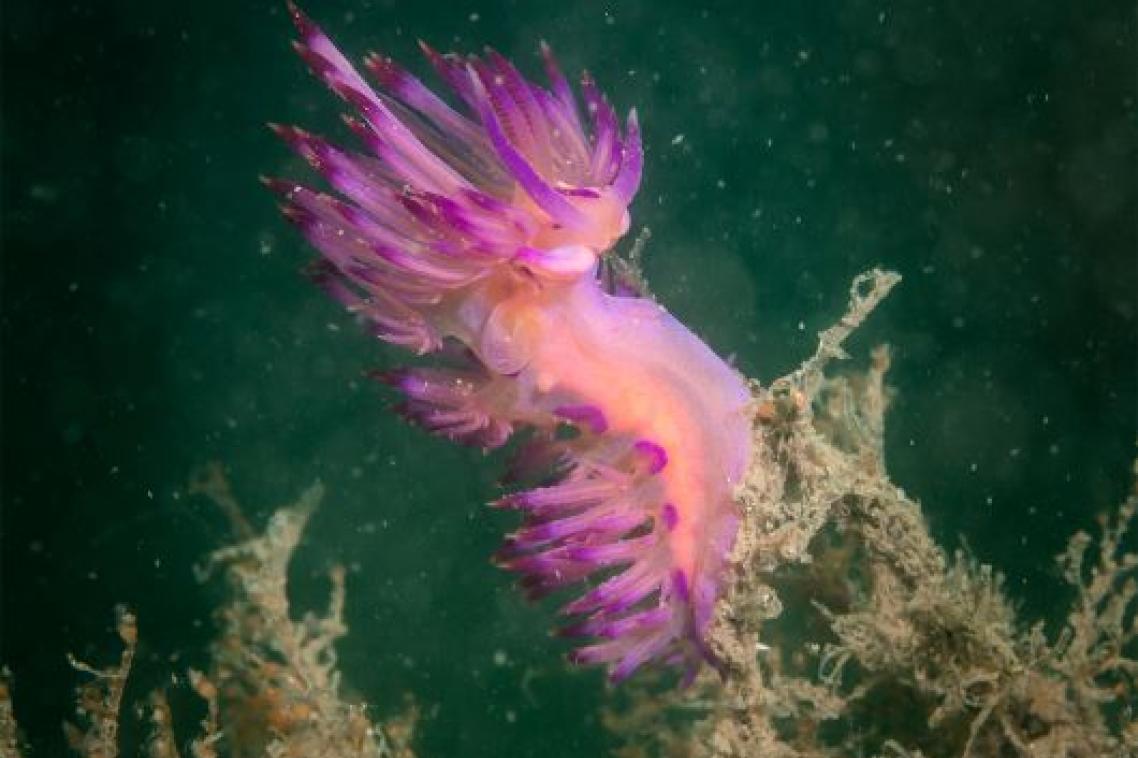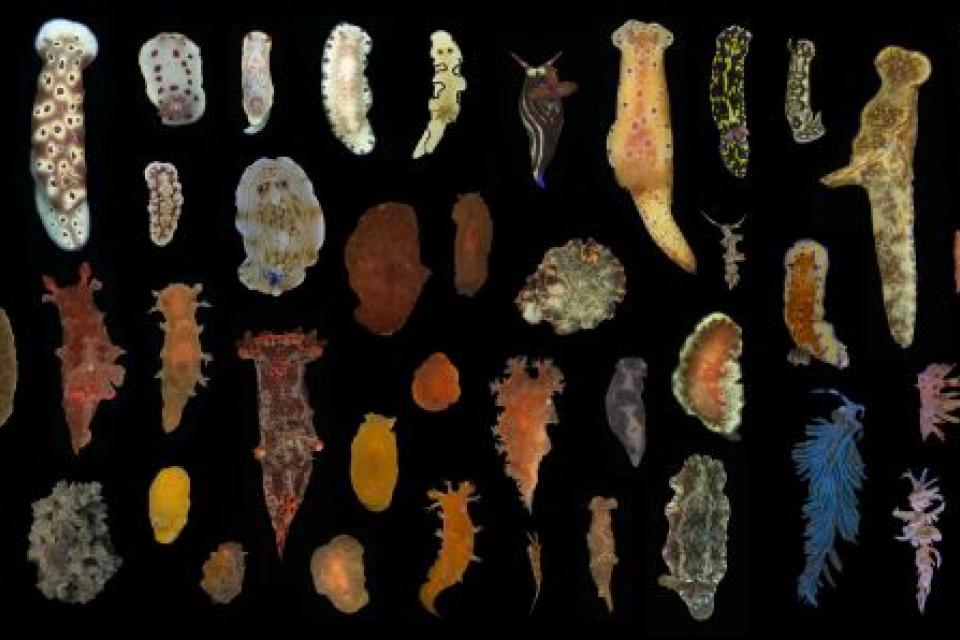Sea slugs use daylight to show off their colours

Rather than hiding from predators, the brightest and most patterned sea slugs are active during the day so their colours shine, a University of Queensland study has found.
Researchers from UQ’s School of the Environment have completed a comprehensive analysis of sea slug colouration across 45 eastern Australian species.
Project lead Dr Cedric van den Berg said the research showed daylight was critical to enhancing the sea slugs’ ability to ward off predators through their visual appearance.
“Sea slugs use bright, contrasting colour patterns to send messages to potential predators like ‘Don’t eat me, I’m poisonous’,” Dr van den Berg said.
“We simulated how the sea slugs would appear to a predator, using dedicated cameras and software.
“They advertise their underlying defences such as nasty chemicals or stinging cells with bold visual signals like brightly coloured spots, thick stripes and enhanced body outlines.
“These tactics are strongly linked to being active during daytime when there’s enough light for these signals to function.
“This has been thought to be necessary for any visual signal in nature to evolve but there is surprisingly little evidence to support that assumption.
“It makes sense for these species to avoid the risky and potentially costly experience of being nibbled on or even ingested by a predator whether they are toxic or not.
“Their bold appearance also educates predators by being distinct from other animals while also increasing the chances of being remembered.”
Researchers focused on finding whether there were shared properties of colour patterns among sea slug species, which correlate with daytime activity.
More than 10 years of data collection and analysis led to the development of methods used in the study.

45 species of sea slugs part of the study.
Researchers used sophisticated statistical methods to combine almost 160 different varieties of colour patterns into a single fingerprint, which captured the difference in appearance of diurnal and nocturnal species.
“The satisfying thing is the fingerprint captures colour pattern properties we believe are efficient visual signalling tactics, for example, to advertise nasty chemicals,” Dr van den Berg said.
“We can even use the fingerprint to successfully classify the daytime activity of almost 90 per cent of all the species we looked at.
“Nocturnal sea slugs don’t need to evolve colours and patterns aimed at signalling to potential predators because predators are unlikely to use vision to hunt at night when senses like touch and smell are more important.
“We hope this work leads to further research on the ecology and evolution of defensive animal colouration, particularly for marine species.”
The research was published in the Journal of Animal Ecology.
Topics
Related articles

Looping long-necked dinosaur site reveals its secrets

